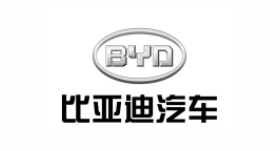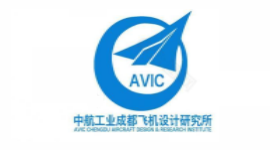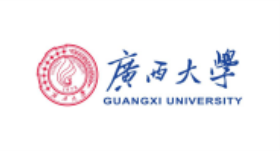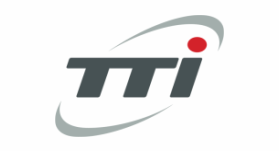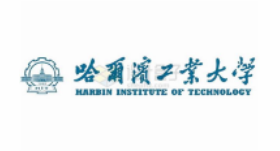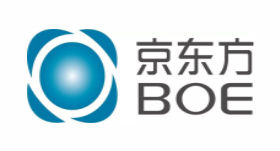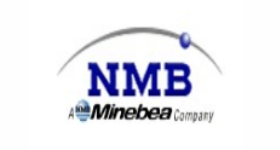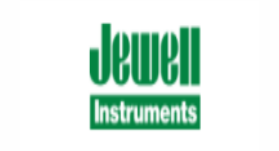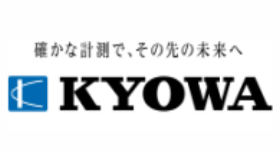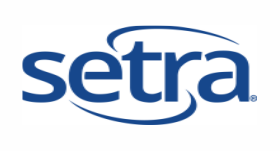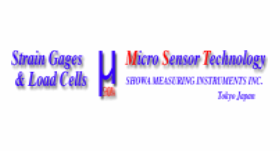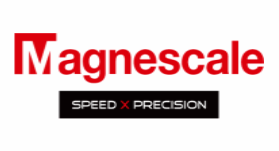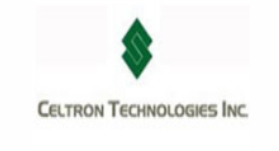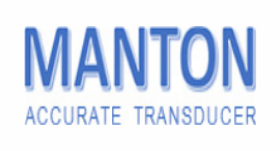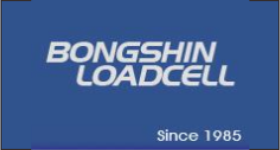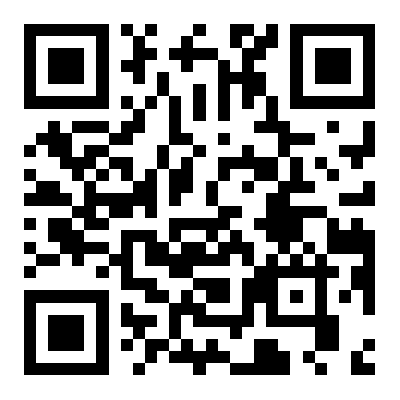Sensor accuracy
The ordinary precision of the load cell is 5 ‰, the intermediate precision is 2 ‰ to 5 ‰, and the high precision is 3 ‰ to 1 ‰. The accuracy of the load cell includes rated load, sensitivity, nonlinearity, repeatability, hysteresis and creep. Main technical parameters. In the actual selection, we must first consider the system measurement precision of the measurement site, and select sensors with different accuracy levels according to different requirements, so that it can play a full role and have a suitable price.
Sealed condition
Industrial use of sensors, considering its long-term continuous use, and the use of the environment is harsh, often require the use of sealed sensors, so that the sensor is free from the external environment, such as moisture, dust, corrosive gases, etc., so that it can ensure measurement accuracy and stability.
Sensor range
The range selection of electronic weighing sensors must consider the following factors:
(1) : the maximum weight of the material being weighed or the total weight of the material;
(2) : self-weight (tare) of the weighing table or hopper device;
(3) : The number of sensor Settings;
(4) : the maximum offset load that may occur under normal operation;
(5) : dynamic load that may occur in the weighing state and impact load during feeding;
(6) : other additional interference forces, such as wind pressure, vibration, etc.;
Sensors play an extremely important role in electronic weighing, so choosing the right sensor is crucial.
The general design selects the sensor to work at about 80% to 85% of the rated load, so that both the insurance margin is left and the use of precision is ensured.




